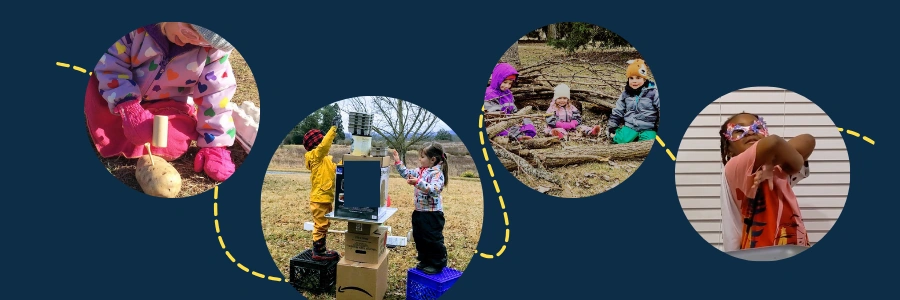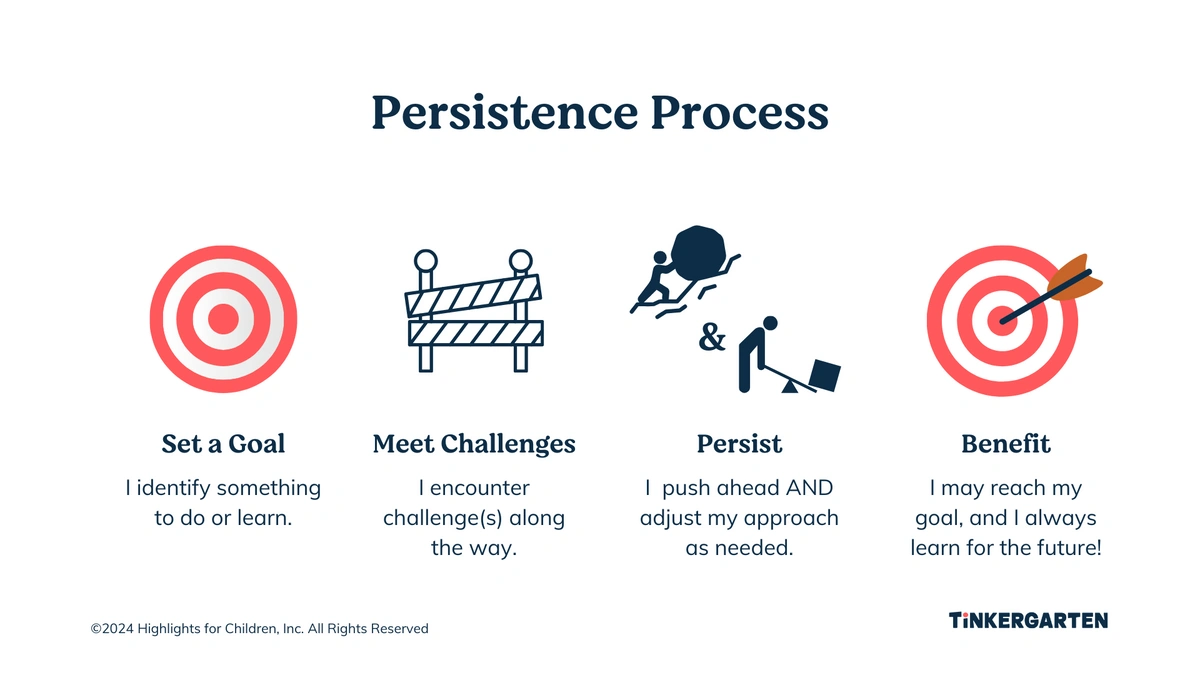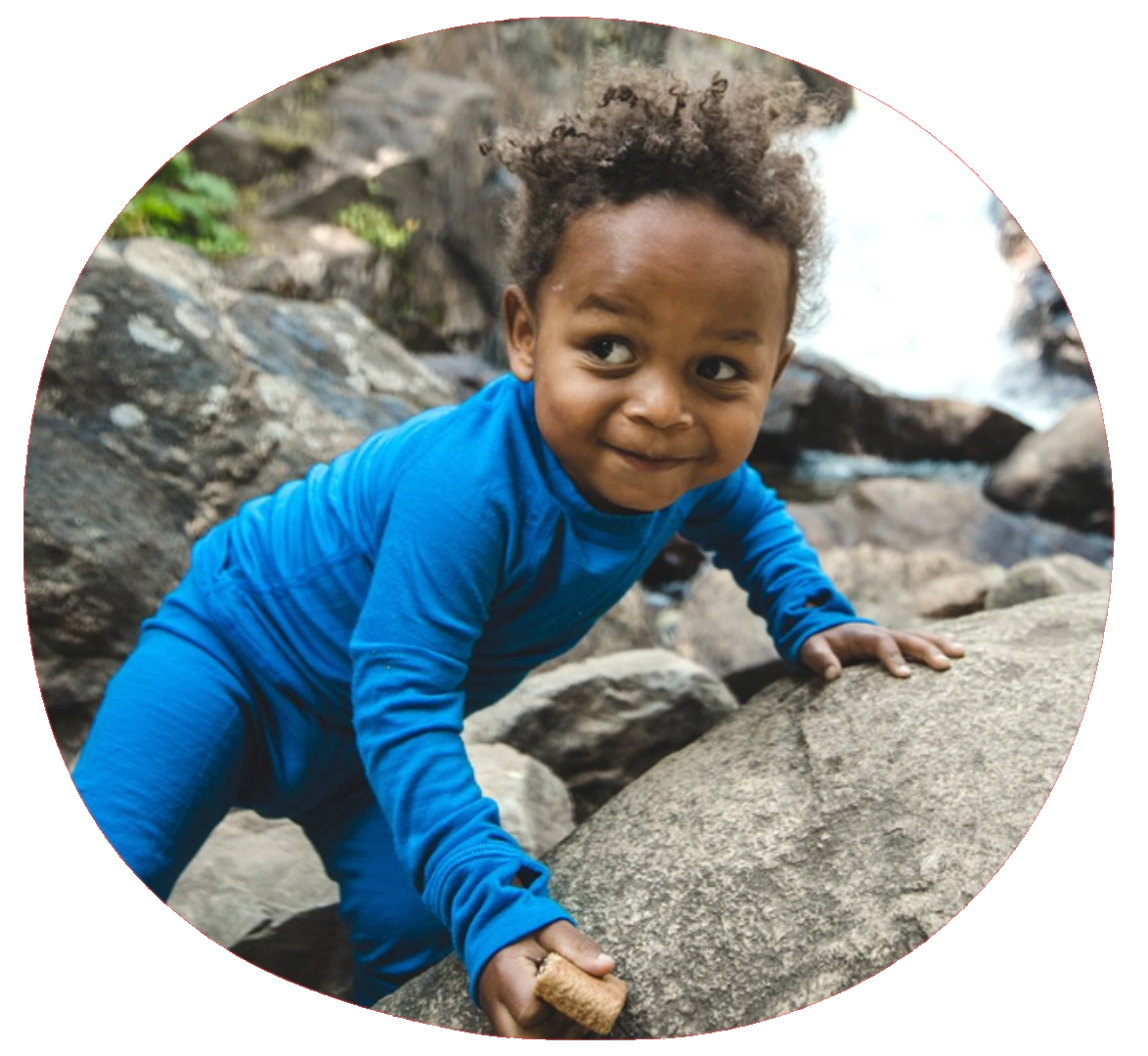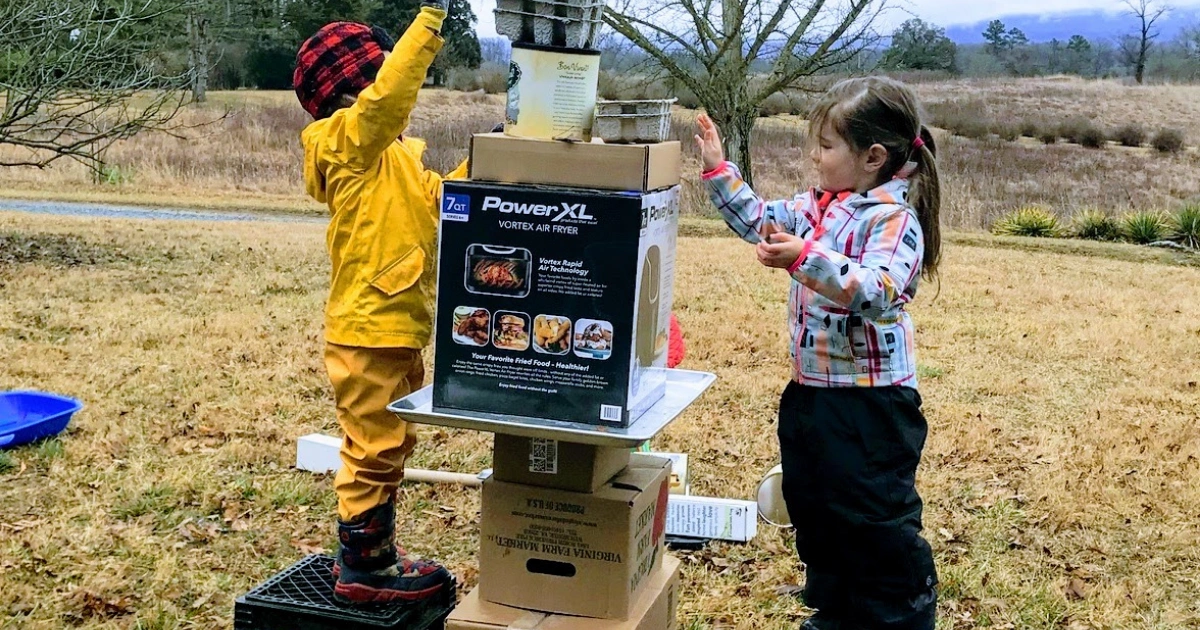Read (~6 min) | Listen (~8 min)
More than ever, our kids need to strengthen their capacity to persist and thrive in the face of challenges. And yet, as kids grow, their worlds tend to focus on achievement, success and finding the "right answer."
What if we started early and presented persistence as a process? And what if the true goal of that process was how much kids learn? I think we’d trade a lot of “This is too hard”s for a whole lot of, “I wonder what to try next”s. And wow, just think about what a shift like that could open up!
Persistence Makes the Difference
In my first year of teaching, I taught math and science to seventh and eighth graders (my own process in persistence!). Though first years of teaching are always a blur, I recall with great clarity how the kids who made the most progress were not necessarily the ones with the greatest number sense or penchant for STEM. It was the kids who stayed playful and didn’t give up.
Flash forward twenty years later, I am a mom of three, and I’m immersed in the world of early outdoor learning. I’ve seen how babies and small humans are fabulous at persisting.
Though we often don’t think about them as setting goals, young kids embark on achieving or learning new things all day long. And, they do it so darn naturally. I am pretty sure it’s life experiences that diminish that natural persistence. So, how can we help them keep it, not only for the Algebra but all of the life and learning that lies ahead?
What if we taught persistence as a process?
What does that mean? What would that look like?
Fundamentally, it means shifting from seeing persistence as a fixed inner quality to persistence as a process — and focusing with kids on practicing a learner's approach to that process.
It also means talking with kids about persistence and using a framework that feels concrete and applicable to their lives. It means helping kids recognize the persistence process in action. In our work at Tinkergarten, we use this simple diagram to illustrate the process:
Setting a Goal
The persistence process starts when we set any kind of goal—That is, we try to do or learn something. Once you think about it, kids are setting new goals constantly. And, we can easily help kids by pointing out how they do this in big and small ways, every day.
When we experience wonder and our genuine interests are activated, we are much better able to persist in a task. So, it can really help to make sure kids have space to follow their own interests, set their own goals, and experience enough curiosity at the start of any learning or life task. If they do, they’ll have a giant running start in the persistence process! Read more about simple ways to build more wonder into your parenting and teaching.
Choosing Learning over Achievement
Maybe the best thing I’ve learned to do is reframe the outcome of the persistence process around learning or growth, and not solely around achievement. Though we all enter into the process with a particular end in mind, the true desired outcome is to learn and grow through whatever we experience.
We may reach the original goal we set. Or, we may adapt along the way and chart a different course. Either way, we can still learn. This shift in focus works wonders in a few ways. First, it lowers the likelihood that kids stop for fear of “failing” to reach their initial goal. It also leaves them open to stay flexible, which often allows for more options when overcoming challenges. And, it maximizes kids’ chances of learning from each experience.
Meeting Challenges
Inevitably, we hit challenges along the way. Once we actually include challenges as part of the persistence process, we help kids embrace them and we help kids shift from experiencing them as impediments or blockers that may keep them from their goal (i.e. a reason to abandon mission), to seeing them as opportunities to learn.
Two Ways to Respond
This gets even more effective when we offer kids two basic ways to respond to challenges, both of which are always at their disposal:
- Push ahead and apply effort, AND
- Adjust or adapt our approach based on what we are learning as we go.
Effort and “stick with it” energy lie at the heart of persistence. And, in our kids' world of instant gratification, there is an even greater need to support kids at building their stamina and readiness to apply effort. Full stop.
“Many of life’s failures are people who did not realize how close they were to success when they gave up.”
– Thomas Edison
And yet, persistence is not achieved through effort alone. In fact, endless effort applied in the wrong way or towards an impossible task is not at all what will help kids grow. When kids stay open, flexible, and even playful in the face of challenges, they have an easier time generating, trying and arriving at ways to overcome problems. Creative problem solving becomes more possible, and challenges become so much more surmountable. Staying playful is especially useful in helping kids stay open to one another's' ideas in a group play or learning situation.
“A bend in the road is not the end of the road… unless you fail to make the turn.”
– Helen Keller
Practical Ways to Start Today
Below are a few simple, actionable ways to teach persistence as a process in your classroom, homeschool, or day to day interactions with kids.
The opportunities you find will likely vary depending on the age of the kids you work with. You can try and of these strategies when you model the persistence process yourself, when you work together with kids, or when you support kids in their own persistence process.
Frame the Goal:
Pick a project or task that you and/or kids genuinely want to do and talk about the goal and frame the ultimate goal as learning. You can do this by referring to it as a "goal" or just by describing what you/they are trying to accomplish. For example, if you/they are working towards building a tower, making a cake, or completing a puzzle, discuss what you/they are hoping to do, and let kids know you can’t wait to see what you/they learn from the process.
Challenges:
- Provide playful opportunities to take on challenges. Just being outdoors can offer kids a wide range of natural chances to challenge themselves physically and mentally. You can also offer puzzles, loose parts, building materials, and art supplies along with open ended invitations to create in any setting.
- Step back as much as you can to let kids lead their own process. Read more about how to prepare and support kids for risk and challenge.
- Join us at Tinkergarten for our Winter/Animal Superheroes curriculum, designed to promote persistence!
- Find a local teacher to learn with.
- Follow along with Tinkergarten Home
- Or teach weekly lessons designed to provide kids with wonder-boosting, age appropriate challenges. Learn more.
How We Respond
As kids are working through challenges, praise effort and reinforce the value of sticking with something. You can also suggest ways to shift, adjust, or try new things. For example, you can ask, “Do you want to keep trying what you are doing a little longer?" (i.e. effort)?” or “Do you think it’s time to try something new or different?" (i.e. adapt).
You can also model how to embrace challenges. If you/kids meet an obstacle or experience frustration, you can say things like, “Wow! What an interesting challenge. I am so curious about how you/we can overcome this?" or " I wonder how you/we can shift the plan to try something different?”
Stay playful. It can actually be wonderful to suggest things that are downright silly to keep things light, activate kids' sense of humor (something that gets creative problem solving juices flowing at any age), and engage kids in the problem solving. It also helps kids when we demonstrate that all ideas are helpful, so try to entertain all suggestions kids make, even if they seem likely to fail. Failures are great opportunities for learning.
Stick the Landing on the Learning
Whatever the result of a given project, play session, or attempt at something new, talk with kids afterwards about what they learned. Even the smallest humans can listen, learn, and wonder with you about what you or they experienced and noticed through a process. No matter how it ended, wonder together what next, too! If we start early with grounding kids’ process in learning, they’ll grow strong and deep persistence roots. What a gift!




